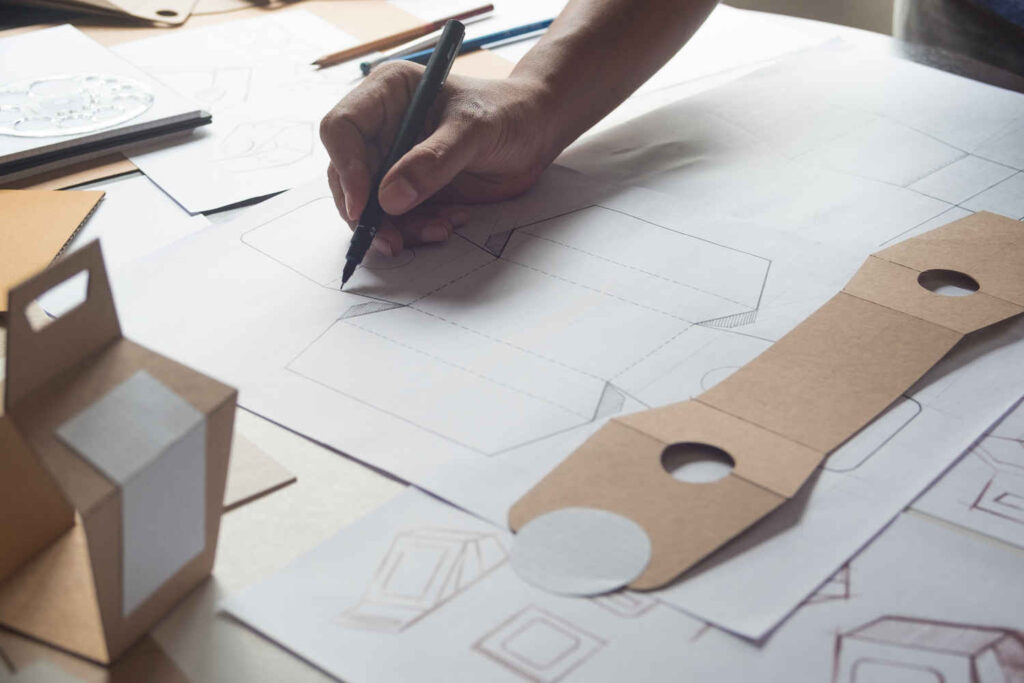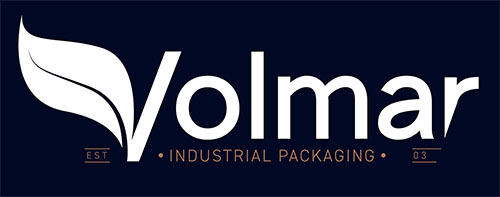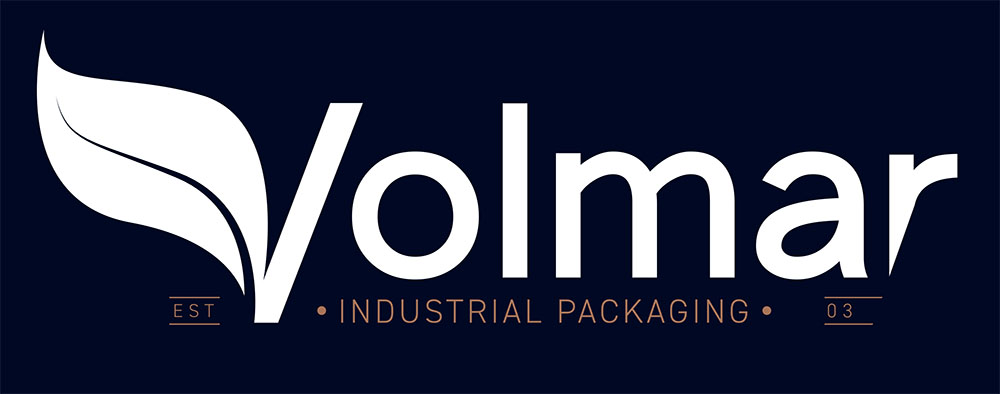
Packaging design plays a fundamental role in the success of a business as it helps to make products more appealing and convince consumers to choose them over the competition’s alternatives. The packaging design must also ensure the product is perfectly preserved and that the packaging is convenient and practical for purchasers to use.
We look at food packaging design trends and provide some useful tips for choosing the right colors, materials and products to enhance and protect the food on sale on the market.
What is packaging design and why is it beneficial?
Packaging design is a very complex process and refers to the design of packaging and containers that must perform multiple functions at the same time. Food packaging in particular is a complicated and delicate activity because it must meet many regulatory, corporate and consumer requirements.
Food packaging design is, therefore, a process of innovation, study and research to identify the best food packaging solutions in terms of preservation, presentation, production, transport and end use by consumers. There are countless aspects to consider, in addition to legal requirements like labeling.
In practice, food product packaging should be a perfect communication tool that conveys a persuasive message and facilitates interaction between the consumer and the product. It should also simplify production, packaging and distribution processes and make them more efficient, preserving the quality, freshness and organoleptic properties of food products.
At the same time, packaging design should take into account the brand’s market positioning, the company values it wants to convey and the needs of the target market. It is equally important to consider the optimal shelf life of the product – the longer the better – by choosing innovative, high-quality packaging suitable for the product in question. This process should be applied to all packaging, although with a different approach depending on whether the packaging is primary, secondary or tertiary.
Choosing colors and materials
When designing a packaging box, there are two essential aspects to consider: the colors and materials of the food packaging. The colors are fundamental because each nuance produces specific feelings and emotions. Plus, the look of the packaging is the first thing that strikes consumers and helps them to distinguish your products from the competition.
For example, for organic foods, green is predominantly used, as it is a color that conveys safety, balance and freshness, while for diet and low-calorie foods, white is used, symbolizing purity, innocence and simplicity. For snacks, you can use warm colors like orange and red, because they stimulate the appetite and feelings of joy, while blue and silver are more suitable for niche and more expensive food products.
When it comes to materials, there are various solutions available for packaging design, but they must always meet the product’s preservation requirements. It is best to choose materials that allow for a high level of customization and are pleasant to touch. Another crucial factor is the sustainability of packaging, preferably choosing packaging that is recyclable and has a lower environmental impact.
Food packaging design trends
To help you better understand which aspects should be taken into account these days to create successful, safe and protective packaging, here are some food packaging design trends to consider to improve the competitiveness of food products.
Outline the information clearly
By law, you need to provide a series of information on food product labels, supplying all the useful instructions for consumers to make conscious choices. Today, people pay a lot of attention to information on packaging, but the content should be outlined, clear, simple and quick to read.
Claim system
A very fashionable brand packaging design trend at the moment is the claim system, where manufacturers can make optional claims to consumers. This information can improve the company’s branding using the product packaging. For example, highlighting a certain theme or emphasizing their commitment to healthy food and the healthy aspects of the product, or the fact that some of the production processes are carried out by hand.
Minimalist packaging
If the product packaging is of high quality, the best option is to choose minimalist packaging, drawing attention to the product’s intrinsic value. Obviously, it must still contain information, a label and optimized graphics, but it is best to opt for a clean and basic look, making the product quality the focus of the marketing.
Stimulate tactile sensations
These days, it is crucial to give consumers positive tactile sensations, to encourage them to choose the product and, above all, buy it again. You need to find the perfect mix of materials, shape, size and finish so the packaging becomes a distinctive feature of the brand and is easy for consumers to recognize, regardless of the context.
Use figurative language
In food packaging design, there is an increasing focus on figurative language, with great use of photos, abstract graphics and illustrations to make products more captivating and encourage people to buy them. Images should create an immediate atmosphere or impression, using figurative elements to build an instant connection. In this case, you can work especially on the secondary packaging, creating an expectation for the consumer before they get to the primary packaging.
Volmar boasts almost 20 years of experience in food packaging, offering solutions that enhance packaging design thanks to materials and products that are easy to customize, like flexible films, which lend themselves perfectly to HD printing in up to 10 colors.

